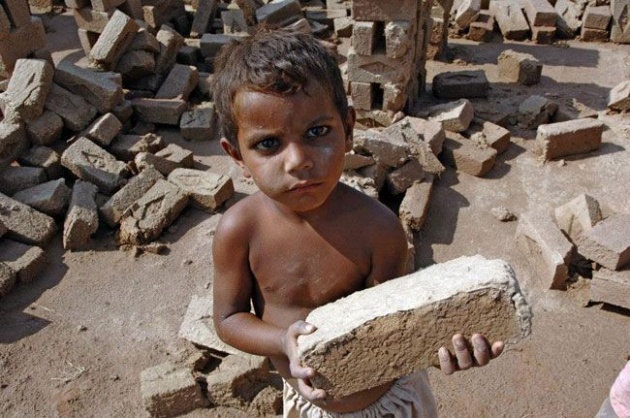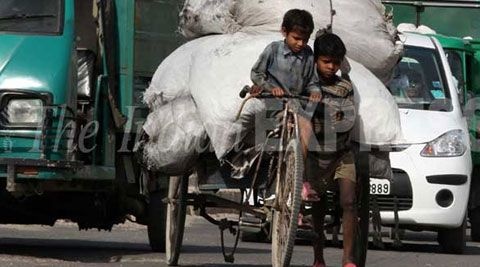Child labour is defined in ILO Conventions. It is work that children should not be doing because they are too young to work, or – if they are old enough to work – because it is dangerous or otherwise unsuitable for them. Not all work done by children should be classified as child labour that is to be targeted for elimination. Children’s or adolescents’ participation in work that does not affect their health and personal development or interfere with their education, is generally regarded as being something positive. Whether or not particular forms of “work” can be called “child labour” depends on the child’s age, the type and hours of work performed and the conditions under which it is performed, as set out in the ILO Conventions.

There are many forms of child labour worldwide. Children are engaged in agricultural labour, in mining, in manufacturing, in domestic service, types of construction, scavenging and begging on the streets. Others are trapped in forms of slavery in armed conflicts, forced labour and debt bondage (to pay off debts incurred by parents and grandparents) as well as in commercial sexual exploitation and illicit activities, such as drug trafficking and organized begging and in many other forms of labour. Many of these are “worst forms” of child labour as they are especially harmful, morally reprehensible, and they violate the child’s freedom and human rights. Child labour tends to be concentrated in the informal sector of the economy. For some work, children receive no payment, only food and a place to sleep. Children in informal sector work receive no payment if they are injured or become ill, and can seek no protection if they suffer violence or are maltreated by their employer.

Child labour is a complex problem and numerous factors influence whether children work or not. Poverty emerges as the most compelling reason why children work. Poor households spend the bulk of their income on food and the income provided by working children is often critical to their survival. However, poverty is not the only factor in child labour and cannot justify all types of employment and servitude. Countries may be equally poor and yet have relatively high or relatively low levels of child labour.
“No to child labour is our stance. Yet 215 million are in child labour as a matter of survival. A world without child labour is possible with the right priorities and policies: quality education, opportunities for young people, decent work for parents, a basic social protection floor for all. Driven by conscience, let’s muster the courage and conviction to act in solidarity and ensure every child’s right to his or her childhood. It brings rewards for all.”Juan Somavia, ILO Director-General





